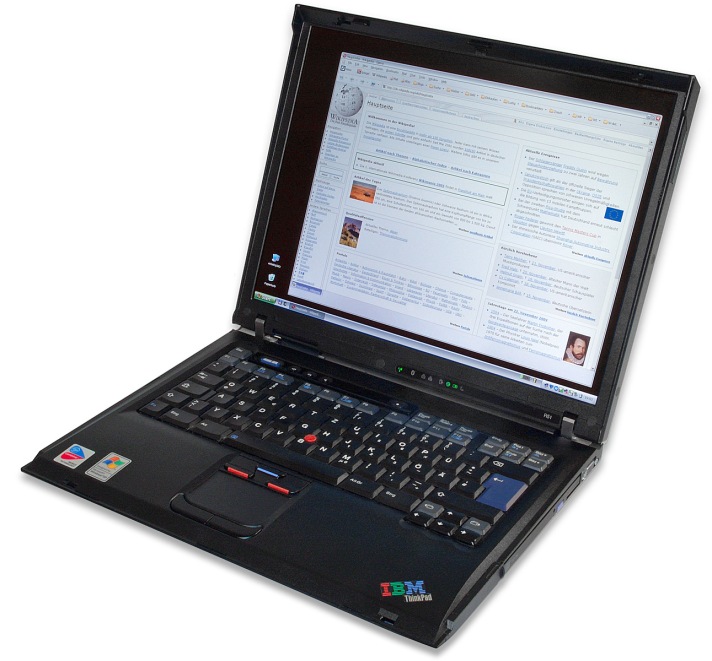
In 2005, when I was selling books and collectibles on eBay, my husband, David, and I bought a used IBM ThinkPad R40 laptop from a computer shop in San Antonio. It was a business PC that had been repurposed and refurbished, I think. At the time, the computer seemed new and fancy and futuristic. It had a fresh copy of Windows XP installed on it, and it ran super fast. I had never owned a laptop before, so this was a great experience.
Fast forward to thirteen years later. This laptop doesn’t seem so spiffy anymore. Although it has a Pentium M processor that clocks in at over 1 GHz, it has only 512 MB of RAM. It’s boxy and slow and has an error every two seconds. My husband tried to get it running again, but connecting the WiFi was problematic, and programs crashed more than ran. Generally speaking, David hasn’t appreciated my attempts to install Ubuntu on his various computers. But this time, the ThinkPad was so non-functional that he actually asked me if I would install Linux on it. The trouble is that it has a processor that doesn’t seem to support PAE (Physical Address Extensions). So it won’t run Ubuntu, or Lubuntu, or Kubuntu, or Xubuntu, or any other flavor of Ubuntu. I tried installing Linux Mint Debian Edition 2 (LMDE 2) with the MATE desktop, and was technically successful, but somehow GRUB didn’t install properly. At first it only recognized Linux Mint. Then with great effort I got it to recognize boot Windows XP, but then it couldn’t see Linux Mint any more.
I used Super Grub Disk to boot Linux Mint, but it was a cumbersome way to load the operating system. In addition to that, Linux Mint ran rather slowly on the ThinkPad R40’s out-of-date hardware.
So I used Plop Linux to boot a couple other non-PAE Linux distributions from a flash drive. Bodhi Linux worked pretty well right out of the box, but like LMDE, it was pretty slow. Then I tried Damn Small Linux (DSL), only to discover that it’s an old project that hasn’t been updated since 2011, and so not surprisingly, it couldn’t connect to the WiFi. I then tried DSL’s successor, Tiny Core Linux. It worked fairly well until I started trying to install a web browser. Then it suffered slowdowns. And I wasn’t able to get the audio working. I also tried Antix 17.1, but it wouldn’t boot from USB. I may pass by the electronics store to pick up some DVDs so that I can try booting it from the optical drive. Legacy OS also wouldn’t boot from USB. Neither would Antix. There are a couple of distros that accept a “forcepae” command, but that’s discouraged, so I’m not sure that I want to try that just yet.
It’s a shame, because the ThinkPad is a nice little computer.
The next thing I knew I was fixing the Windows 10 installation on an HP laptop that I bought for my husband on Craigslist. We considered putting Ubuntu on it, but if I could get Windows 10 working well, it wouldn’t be necessary. David tried out an animation application called Synfig Studio, which runs both on Windows and on Linux, but it seemed to struggle under Windows 10 on this older laptop. So if we can’t get Synfig Studio to run properly in Windows, I may still have to install Linux on that machine.
Ultimately, I decided to install Bodhi Legacy 4.5.0. It runs pretty well on the old ThinkPad, although there is sometimes a lag when I’m trying to load a software program, like Firefox. Other than that, it’s fairly fast. Right now it’s playing music from the 80s on YouTube. I’m going to wipe LMDE 2 off of it, and free up the space on the hard drive. I’ll keep you updated on how everything turns out.
Additional Reading
Bodhi Linux: The Enlightened Distribution
Linux Alternatives to Windows Software: Ubuntu 18.04 LTS
I have been running Linux on my R40 for years. Puppy works now. Debian used to work but may be overweight by now.
LikeLike